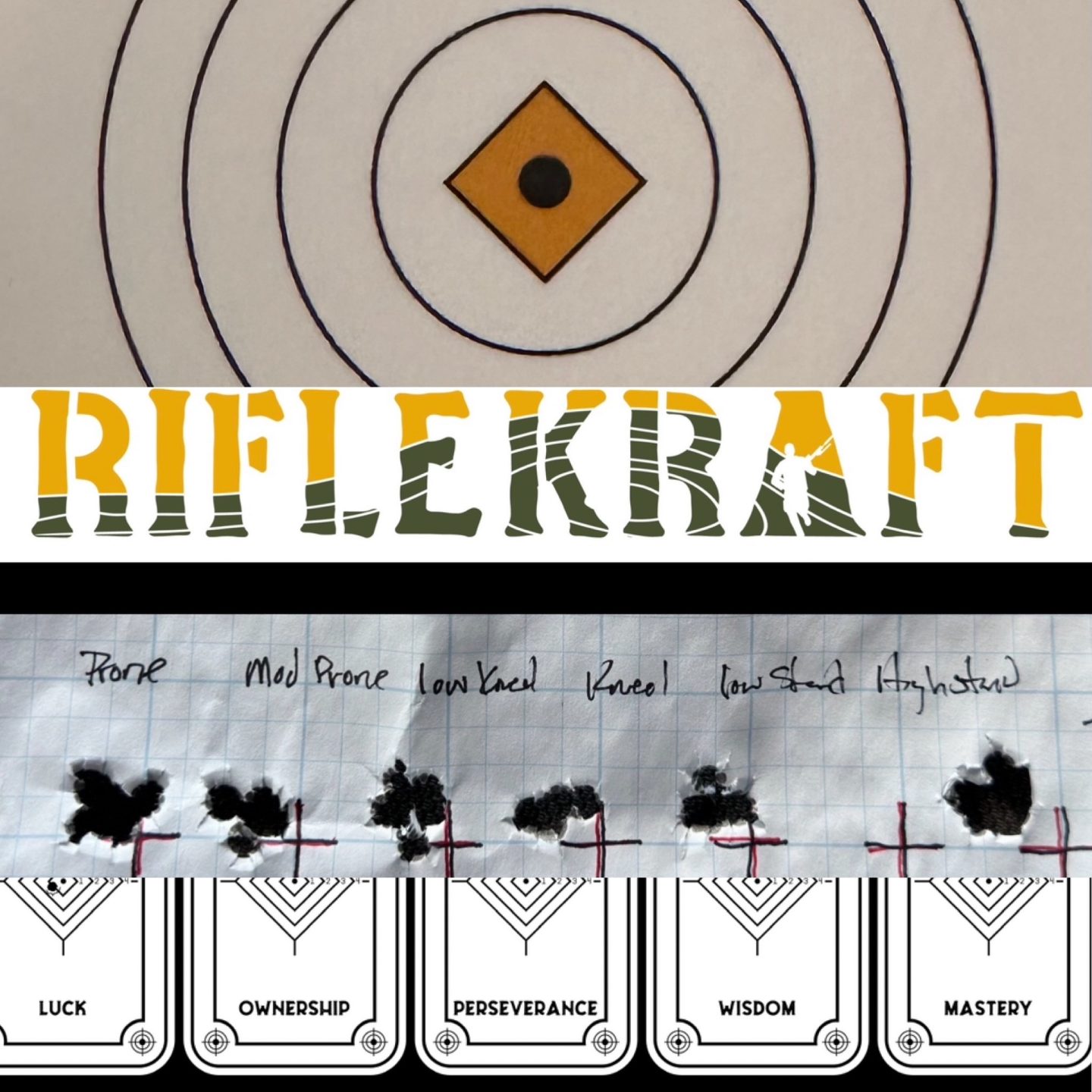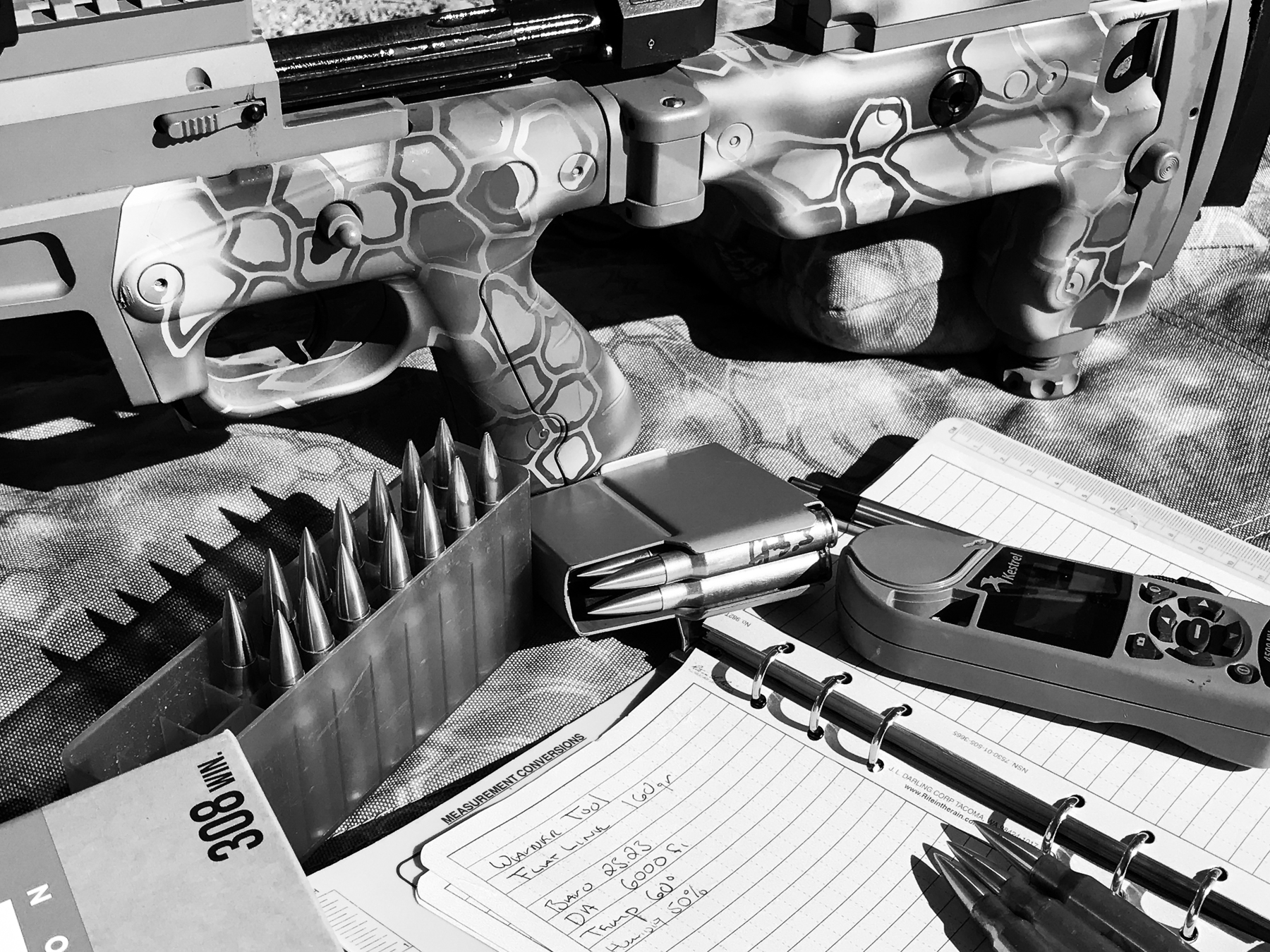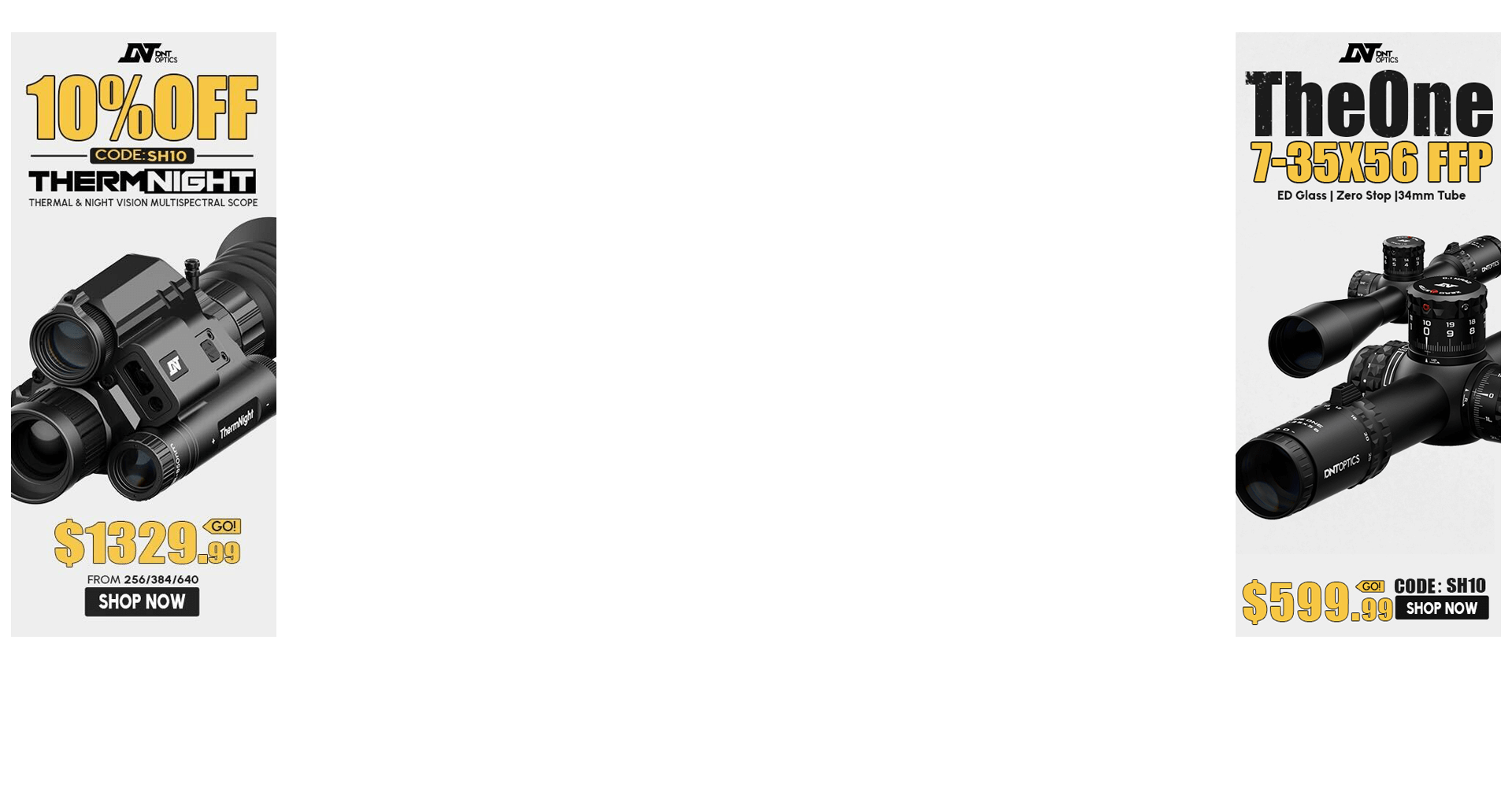In long-range shooting, understanding what affects accuracy at different distances can feel like cracking a code for the first time. Time of Flight (TOF)—the time it takes for a bullet to reach the target—is a critical factor in this equation. Different aspects of performance that we look for as shooters with goals appear in different phases of this time lapse. Important metrics such as group size, initial velocity and BC, as well as Extreme Spread (ES), play bigger or smaller roles. All can be viewed as part of the Time of Flight spectrum.
What works at shorter ranges doesn’t always hold up at longer distances. It’s not that the rules change, but the way those rules interact with time and distance shifts. Think of it like a wheel: as the bullet travels farther and Time of Flight increases, different parts of the wheel come into focus. Let’s break it down step by step.
At <1 Second Time of Flight: let Group Size is Your Guide
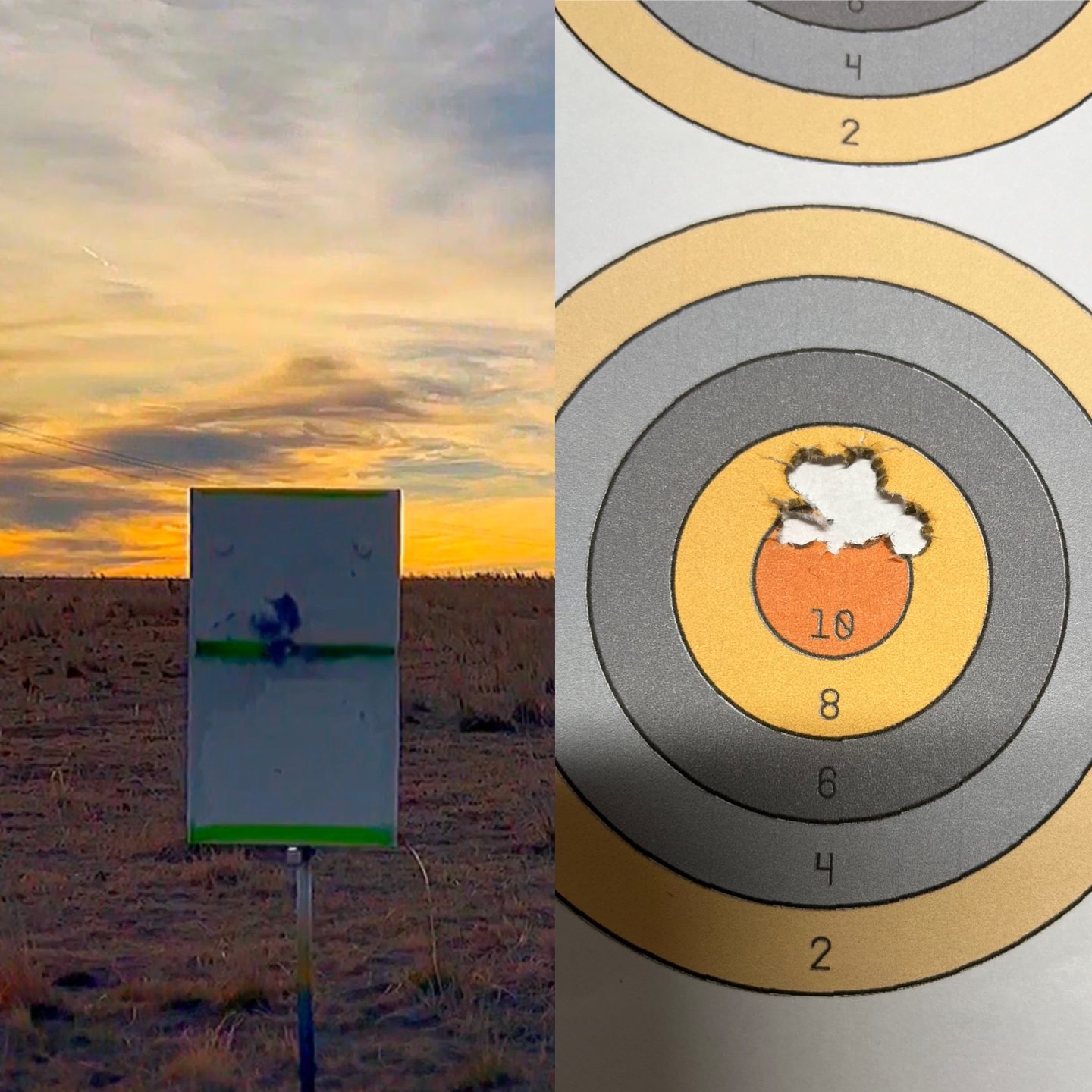
At shorter distances, where Time of Flight is around one second, the primary driver of accuracy is group size at 100 yards. This measurement gives a strong indication of how consistent your shots will be out to 800 or 900 yards. Why? Because over short Time of Flights, there isn’t enough time for small velocity variations (what we call ES) to have a noticeable effect on where the bullet lands.
For example, bullets with small 100-yard group sizes consistently produce tighter groups at these distances, even if their ES is on the higher side. This is because short Time of Flight minimizes the vertical dispersion caused by small velocity differences. Essentially, what you see at 100 yards is what you’ll get further out, as long as you stay within this range.
Ammunition and Rifle interaction as well as shooter fundamentals are the factors at play here.
If you’re shooting at distances inside of 1 second tof, focus on ammo with tight 100-yard groups. Don’t stress too much about ES or velocity—they don’t have enough time to create noticeable deviations in your results.
At 1-1.25 Seconds Time of Flight: Balance is Key
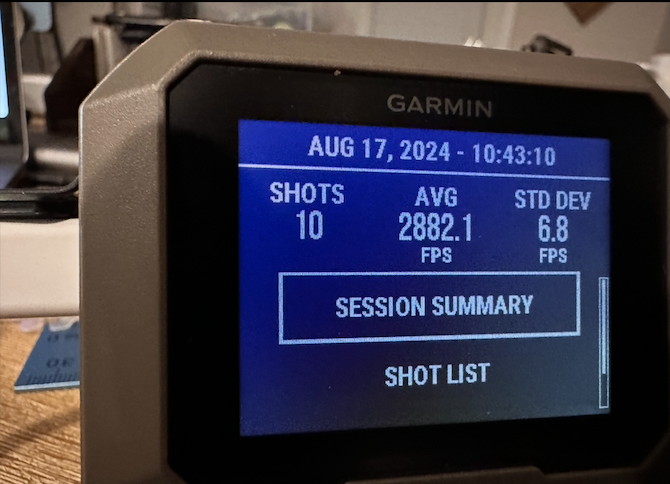
As distances increase to around 1-1.25 seconds performance moves into the range where things start to shift. At this point, both 100-yard group size and ES become equally important but one can dominate as long as it outweighs the flaws of the other. Velocity differences can start to show their hand as vertical dispersion on the target if the ES is too large or the initial velocity was slow.
In this range, ammo that combines good 100-yard group size with low ES will perform best. A small group size ensures consistent lateral performance, while low ES reduces vertical spread. Without balance, your groups will begin to open up. It’s the interplay of these two factors that keeps your shots hitting the mark.
At this zone between 1 and 1.25 seconds the balance is everything. Look for ammunition that performs consistently in both group size and ES. If either one is lacking, your accuracy may suffer as Time of Flight increases.
At >1.5 Seconds Time of Flight: ES and Velocity win

At long distances where the flight time is at or over 1.5 seconds or more. the two critical factors are ES and velocity.
Low ES minimizes vertical stringing, the effect where variations in velocity cause bullets to land higher or lower on the target. Meanwhile, higher velocity shortens Time of Flight, giving less time for ES-induced errors to develop. At this stage, ammo that delivers low ES and high velocity will consistently produce the tightest groups. Speed gets total distances further in given time such that this zoen is pushed farther and farther back. Heavy bullets with high BCs are ideal as well as the velocities to extend 1.5 seconds as far out as necessary.
At long ranges, don’t over obsess about 100-yard group size, instead focus on finding ammunition with low ES and sufficient velocity in a bullet that can get to where it needs to as a consistent and low variability speed. These two factors are what keep your shots on target at extreme distances.
Prioritize and grow faster

The real magic of Time of Flight is how it helps you understand what to prioritize at different distances. If you focus on the wrong factor—like worrying about ES at short range or relying on group size at long range—you’re not setting yourself up for success. Here’s a quick guide to help you make the right call:
Here is some data from the range. Keep in mind that real world results are not ballistic predictions, so results depend on the factors and skill levels. You may do better, worse, or the same. These are mine and I think they show the theory and the art as well as help see that it’s something to pay attention to as we grow and progress on our journey.
| Ammunition | Avg Velocity | Extreme Spread | 100y five shot group | .75 second tof | 1.0 second tof | 1.25 second tof | 1.5 second tof |
| 100gn Hornady | 3230 | 71 | .25 | 3” | 4” | 7” | 15” |
| 130gn Sig | 2894 | 50 | .25 | 5” | 7” | 10” | 15” |
| 130gn Berger | 2915 | 21 | .3 | 6” | 7” | 10” | 12” |
| 144gn Berger | 2750 | 50 | .5 | 5” | 8” | 12 | 18” |
| 153gn Berger | 2588 | 30 | .6 | 6” | 8” | 10” | 12” |
- <1 second Zone: Prioritize group size at 100 yards. ES and velocity aren’t major players here.
- 1-1.25 second Zone Balance group size and ES for consistent accuracy.
- 1.5+ second zone: Focus on ES and velocity with good BCs.
The Wheel of Time in Action

Long-range shooting is a journey. As Time of Flight increases, different factors take the lead, but they’re all part of the same system. Group size matters most at short ranges. Balance takes over at medium ranges. ES and velocity dominate at long ranges. Each piece of the wheel builds on the last, helping you adapt to the challenges of increasing distance.
Understanding this flow gives you a new perspective on performance. Instead of relying on a single metric, you can focus on what matters more at each zone. By doing so, you’ll not only improve your results—you’ll also approach shooting with a clearer, more informed mindset.
So, the next time you head to the range, think about where you’re shooting and what matters most. Compare performance at different times of flight and start to think in terms of time as you grow your toolkit. Your hit percentage and your confidence will thank you.
